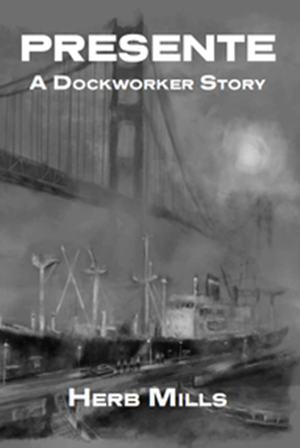Harry Targ
LABOR DAY PARADE, 1882. The first Labor Day Parade, held in
Union Square, New York City, by the Knights of Labor on 5 September 1882. Wood
engraving from a contemporary American newspaper.
https://www.granger.com/results.asp?image=0041831
On the morning of September 5, 1882, 30,000 men and women
bricklayers, freight handlers, printers, blacksmiths, railroad workers, cigar
makers, furriers, seamstresses and other workers lined up to begin the first
Labor Day march in New York City. Many of the marchers carried signs with such
messages as "Labor Will Be United," "Eight Hours for Work-Eight
Hours for Rest-Eight Hours for What We Will" and "Strike With the
Ballot."
The New York Central Labor Union spread the word about
Labor Day and two years later a national labor organization, the Federation of
Organized Trades and Labor Unions, resolved at its convention that the first
Monday in September be set aside as labor's national holiday. It was to be
celebrated by all workers, Black and white, women and men, young and old,
skilled and unskilled, industrial and craft. After years of labor-initiated celebrations, the Haymarket Affair
of 1886, and the rise of a worldwide anarchist and socialist workers’ movements, and growing support for a Labor Day in cities and states around the nation,
Congress finally adopted Labor Day as a national holiday in 1894.
The original Labor Day was designed to symbolize the
demand for the 8-hour day, a healthy work environment, adequate rest, and basic
health and other benefits. It also was designed to express the pride that
workers felt about their role in the production of all the goods and services
in the society. Finally, Labor Day was a time to mobilize workers for the
ongoing struggle to achieve a fair and living wage, safe and productive
worksites, basic economic security, and worker participation in economic and
political decision making.
The specific issues of the 21st century are
different than the 1880s but the general concerns of workers remain the same.
-Workers must stop plant closings and the millions of good
jobs that have been lost because of capital flight.
-Workers must stop the shift in the economy from
well-paying jobs to part-time and minimum wage jobs. Workers must reverse the 30-year
decline in real wages that Americans have experienced.
-Workers must challenge the
decline in health and safety in the workplace.
-Workers must struggle to reverse the
rise in the numbers of homeless people and the declining ability of people to
pay for health care.
-Workers must join with their
brothers and sisters from Mexico, Canada, Asia, and Africa to oppose the
pitting of underpaid and overworked men and women in one country against men
and women in other countries using the excuse of "free trade."
-And finally, it is clearer now
than ever that worker solidarity worldwide is needed to stop militarism,
wasteful military spending, and war.
To achieve these goals, workers have
to combat the economic and political assault on trade unions which reached
massive proportions in the 1980s and 1990s. Without trade unions, there would
have been no Labor Day proclaimed in 1882 and there would be no Labor Day in 2024.
Hard
Ball Press
https://www.hardballpress.com/about-hard-ball-press.html




